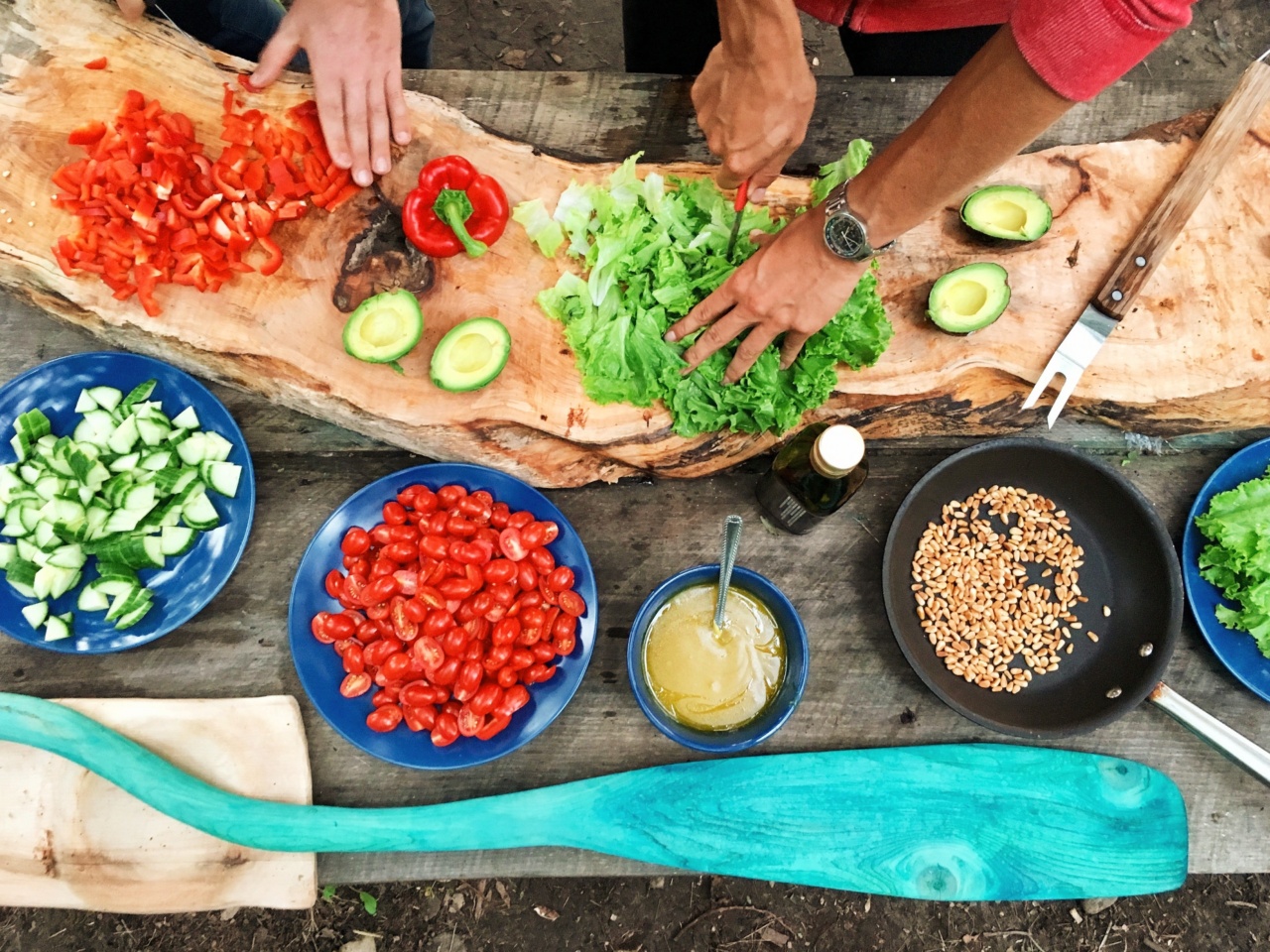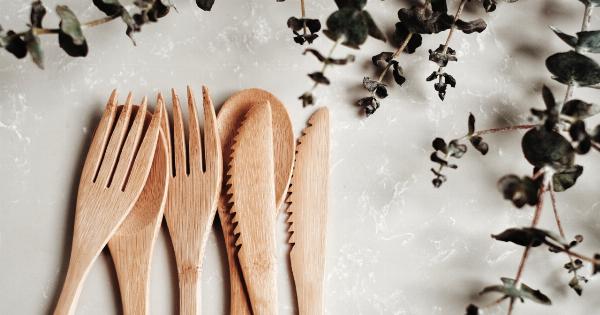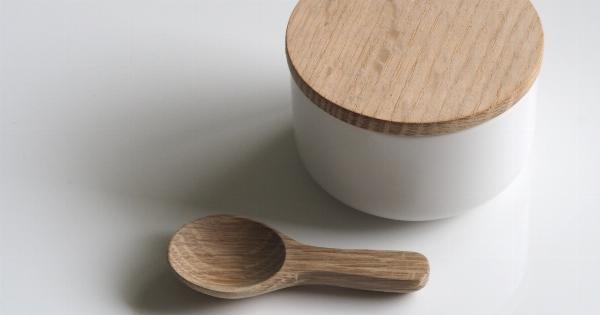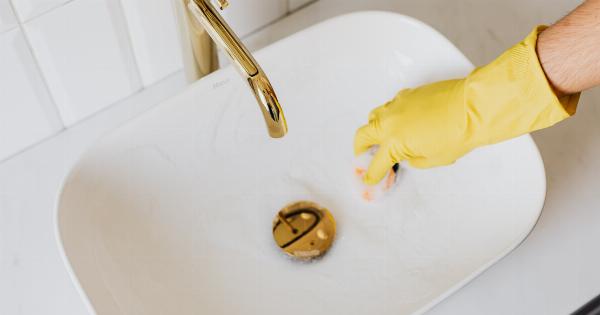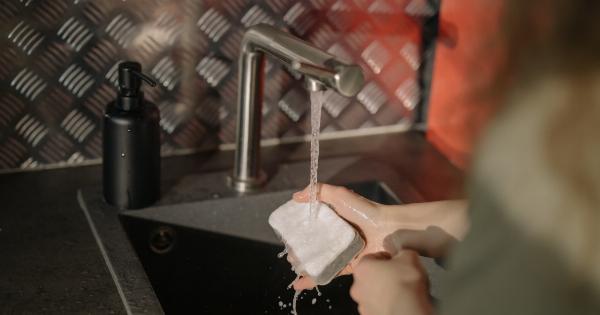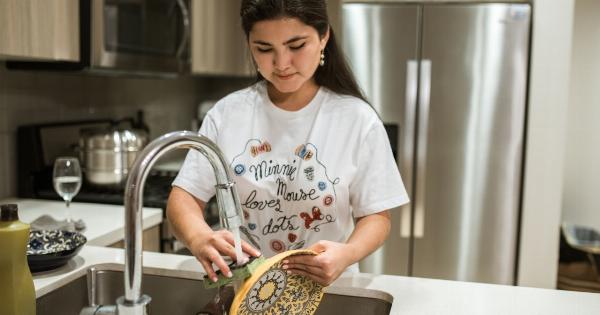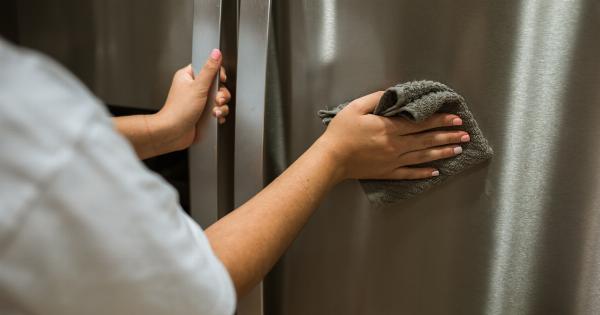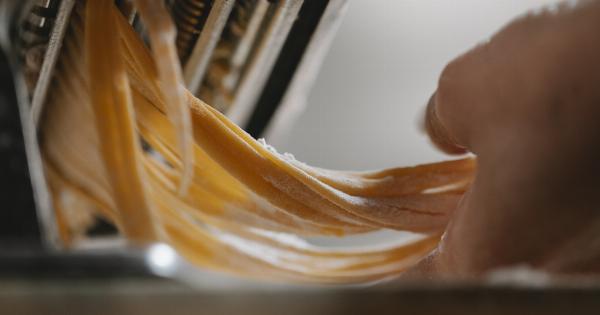The kitchen is often referred to as the heart of the home, where friends and family gather to prepare and enjoy meals together.
However, did you know that many of the kitchen tools you use every day could be harboring dangerous germs? From cutting boards to utensils, it’s important to understand which items in your kitchen require extra attention when it comes to cleaning and maintenance. In this article, we will explore the top 10 kitchen tools that could be compromising your kitchen’s hygiene.
1. Cutting Boards
Cutting boards, especially those used for raw meats and poultry, are notorious for harboring harmful bacteria such as Salmonella and E. coli.
Ensure you have separate cutting boards for different food groups and always clean them thoroughly with hot, soapy water after each use. Consider using a separate cutting board for raw meats to prevent cross-contamination.
2. Kitchen Sponges
Kitchen sponges, often used for wiping down countertops and dishes, can become a breeding ground for bacteria due to their moist and porous nature. These sponges can harbor various pathogens, including Staphylococcus aureus and Pseudomonas aeruginosa.
To keep your sponges germ-free, replace them regularly or sanitize them by microwaving on high power for two minutes or running them through the dishwasher.
3. Can Openers
Can openers are frequently overlooked when it comes to cleaning. However, their blades can accumulate food particles and bacteria, leading to potential contamination of the next food item you open.
After using the can opener, make sure to thoroughly clean and sanitize the blades with hot, soapy water. Pay attention to the nooks and crevices that may trap debris.
4. Refrigerator Door Handles
The refrigerator door handles are often touched by family members and guests, making them a prime spot for the transfer of germs. Regularly wipe down these handles with a disinfectant or a mixture of vinegar and water to keep them clean and germ-free.
5. Blenders and Food Processors
Blenders and food processors are convenient kitchen tools, but their intricate parts can be challenging to clean properly. Food residues can get trapped in the blades and crevices, providing an ideal environment for bacterial growth.
Disassemble these tools after each use and clean them thoroughly using warm, soapy water. Ensure that all parts are completely dry before reassembling.
6. Coffee Makers
While coffee makers may seem harmless, they can become a breeding ground for mold and bacteria if not cleaned regularly. The warm and moist environment inside the coffee maker creates an ideal habitat for these microorganisms.
Clean your coffee maker by running a mixture of equal parts vinegar and water through a brew cycle, followed by a couple of cycles with clean water to remove any vinegar residue.
7. Wooden Spoons and Cutting Boards
Wooden tools, like spoons and cutting boards, can be particularly problematic when it comes to harboring germs. The porous nature of wood absorbs moisture, making it an excellent breeding ground for bacteria.
Avoid using wooden utensils with cracks or deep grooves, as they are more challenging to clean thoroughly. Instead, opt for alternatives made of stainless steel or silicone.
8. Rubber Spatulas
Rubber spatulas are common kitchen tools for mixing and scraping, but their soft and pliable heads can hide harmful germs if not cleaned and dried properly. Make sure to remove the detachable head and clean it thoroughly with hot, soapy water.
Ensure all traces of food particles are removed before reattaching the head and storing the spatula.
9. Kitchen Sink
Though not a kitchen tool per se, the kitchen sink is a hotspot for germs due to its constant exposure to food remnants and moisture. Regularly clean and sanitize your sink using a mixture of water and bleach or an appropriate disinfectant.
Pay special attention to the drain and faucet handles, as these areas often come into direct contact with dirty dishes or hands.
10. Canisters and Spice Jars
Canisters and spice jars may seem innocent, but they can easily become contaminated if not handled properly. When storing dried herbs, spices, or any other dry goods, make sure the containers are clean and airtight.
Avoid touching the inside of the canister or jar with your fingers, as this can introduce bacteria. Use clean measuring spoons instead to avoid cross-contamination.
By understanding which kitchen tools can harbor dangerous germs, you can take the necessary steps to keep your kitchen clean and hygienic.
Make sure you regularly clean and sanitize these items to prevent the spread of bacteria and keep your family safe. Additionally, always follow proper food handling and storage practices to minimize the risk of foodborne illnesses.
